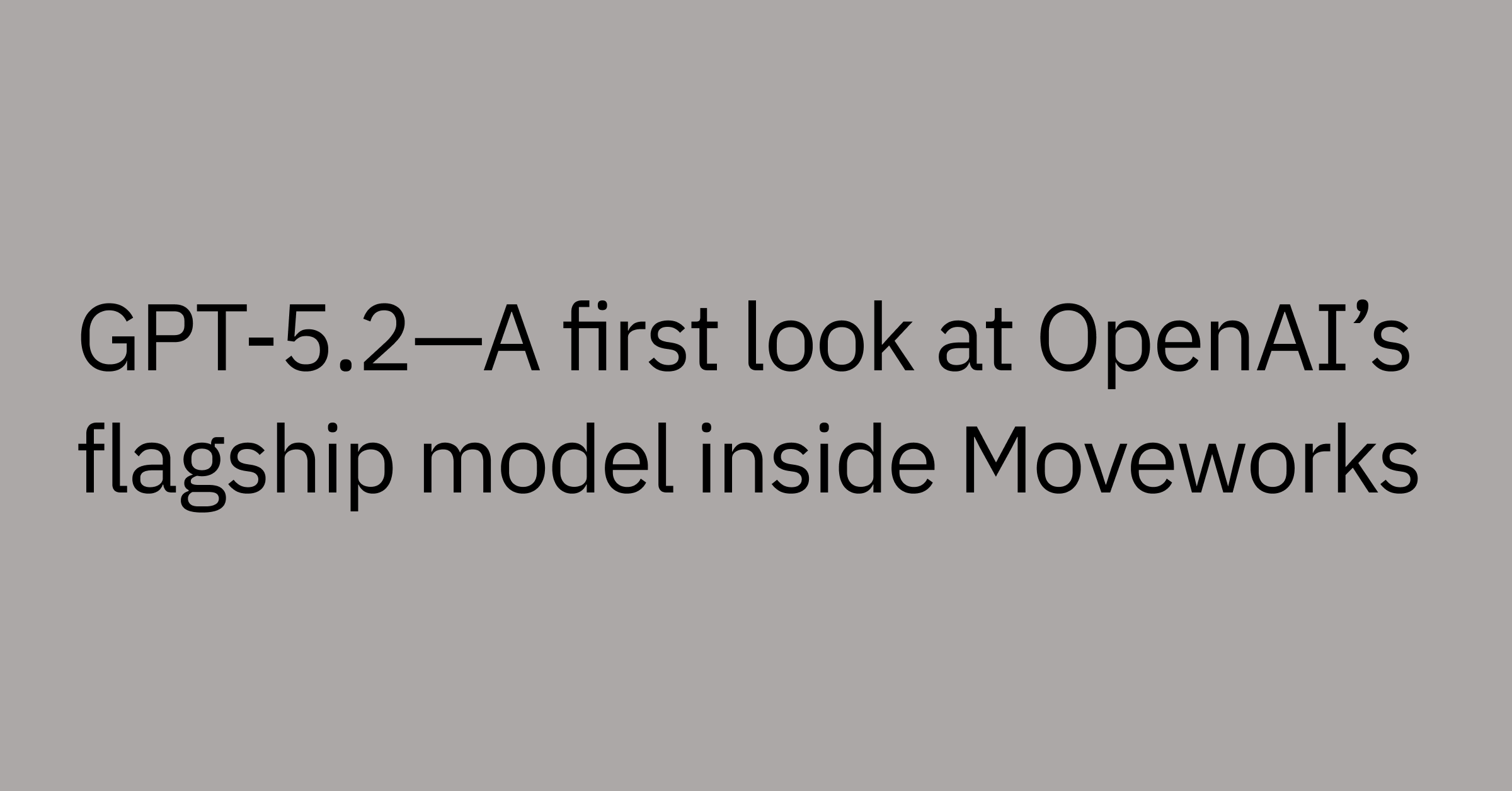Table of contents
Is your boss pestering you to try using artificial intelligence? If you’ve been feeling the heat to start using AI tools at your job, you’re not alone. A staggering 81% of executives feel a level of urgency to integrate AI tools into their organization according to Slack’s New trends in AI use at work report.
The potential benefits of AI to increase productivity, speed up automation, and deliver data-driven insights is undeniable, but so too is the question on your stakeholders’ minds: "How much does AI cost?"
The cost of implementing AI can depend on your business needs and problem scope. We’ll explore this by defining your organizational problem statement, discussing AI's various cost components, and identifying which factors may influence the price of AI for business.
We’ll discuss the following topics to understand the true cost of AI for organizations:
- What affects the cost of AI
- How much does business AI cost?
- What are the costs of developing AI?
- How to maximize your business AI impact
- Choose a ready-made AI solution
- Is AI worth it?
This article will help equip you to navigate the complexities of AI costs and to confidently engage with potential vendors. Now when your boss asks about AI’s cost, you’ll be able to make a more informed estimate and better evaluate AI solutions to reap the rewards of this transformative technology.
Factors affecting the cost of AI
Several key factors influence the cost of AI for businesses, whether you are considering building your own AI solutions or working with a vendor. These include:
- Vendor: Different vendors offer varied pricing structures, such as per-user subscriptions, feature-based pricing, or user-based licensing.
- Features: Platforms with advanced capabilities like natural language processing, automation or self-service options, advanced scalability and integration support tend to be more expensive than basic AI assistants.
- Deployment model: Cloud-based solutions are easier to scale but can involve ongoing subscription fees, while on-premise solutions require upfront investments in hardware and software.
- Organization size: Larger businesses with a higher volume of use may pay more than smaller businesses.
- Ease of implementation: Initial setup may require additional resources for knowledge curation and customization, depending on adoption and use cases.
- Data costs: Costs of data acquisition, storage, and labeling can be large, especially for complex AI models.
- Human expertise: Data scientists, machine learning engineers, annotators, and other AI specialists are needed to develop, train, and maintain AI models. Their salaries can be a major cost factor.
- Hardware costs: Costs of hardware, such as GPUs and TPUs, can be significant for on-prem deployments.
- Maintenance costs: AI models need to be regularly monitored and updated to maintain accuracy and performance. These ongoing costs should be factored in.
This is why the cost of AI varies based on your vendor, features, deployment model, organization size, and implementation complexity. Hidden costs such as data cleaning, model retraining, infrastructure maintenance, talent acquisition, or employee training can also impact your overall budget.
How much does AI cost for business?
To understand your potential AI costs, begin by considering what you want to achieve with an AI solution and what specific pain points you are hoping to solve. Having clarity on your goals and how your company can use AI enables you to choose between inexpensive solutions with more limited impact or investing in more robust AI solutions which can enable larger businesses to achieve a much greater potential ROI.
Solution | Cost | Impact |
Narrow AI | Low | Low |
Using APIs | Variable | Variable |
Developing your own AI | High | Variable |
Using a ready-made AI copilot | Moderate | High |
There are numerous factors which contribute to the cost of AI today, whether you are considering building your own AI solutions or working with a vendor.
What is the cost of developing AI?
The cost of developing your own AI solution can range from tens of thousands dollars for specific, narrow AI tools to costing hundreds of thousands or even over a million dollars for an enterprise-wide solution. These expenses may depend on your desired features, project scope, and company size and can vary significantly based on industry-specific needs and applications.
The costs of training the most advanced AI systems have been rising rapidly due to the increasing computational power required for training. Additionally, employee compensation significantly contributes to the overall cost of AI development. In the United States, the average base salary for a data scientist is approximately $120,000 while AI engineers at big companies like OpenAI can have total compensation as high as $925,000 per year.
Before embarking on building your own AI model, don’t underestimate how much developing, training, and refining a high-performing natural language model may cost.
- Initial investments include research, development, infrastructure setup and hardware costs, and personnel for data science and engineering teams. In addition to significantly strengthening your infrastructure to support AI usage, this talent often commands highly competitive salaries, like those mentioned previously.
- Ongoing expenses cover infrastructure maintenance, personnel, data management, software licenses, and the continuous upkeep of AI models. Factors such as energy consumption and potential translation services could also contribute to overall costs.
Purchasing a comprehensive AI solution often presents a more cost-effective option, with lower upfront investments and ongoing expenses. This is primarily because vendors have already absorbed the costs of development, infrastructure, and personnel required to build and maintain the platform.
The budget required to build an AI platform to support a large business from scratch is substantial, while buying from a vendor offers faster time-to-value and lower costs. While there may be specific use cases where building an in-house solution is justified, for many organizations purchasing a comprehensive AI platform can be a more financially viable option.
How to maximize your business AI impact
When it comes to AI’s business impact, you typically get what you pay for. Those seeking inexpensive AI solutions might use narrow AI tools for specific use cases, but these do not necessarily support large business’ complexity or needed functionality. Other options include employing APIs to access limited AI functionalities, like content generation, language translation, or data visualization.
Integrating APIs from different sources may often be complex and can be extremely resource intensive. Similarly, using APIs for business AI typically comes with significant limitations, including a dependency on third-party providers, potential data privacy and security risks, performance limitations, restricted customizations, and the potential for rapidly escalating costs. Using focused AI tools or APIs may be a cheaper option for individuals and smaller businesses, but these generally are challenged to support more specialized domains or take action across multiple systems.
For your AI solution to own more enterprise-focused tasks, you should consider an AI solution to manage your domain-specific requirements, relevant data inputs, system integrations. Your vendor should also offer a custom AI model, strong analytics and data science team, a consistent intuitive user experience, and a robust security infrastructure.
Choose a ready-made AI copilot solution for your business
You will want to consider an AI solution built for business that securely allows you to deploy, manage, and improve your AI while working across all of your business applications. These solutions are known as AI copilots, which are like AI assistants you can talk to who can help to speed up and streamline different tasks and decisions at work.
Most copilots use a single interface that lets users interact with hundreds of business systems. These AI assistants can use powerful large language models (LLMs) to understand needs and securely access large amounts of information from across your company. By utilizing LLMs, AI copilots can understand, analyze, and process vast amounts of data – and can even automate certain tasks too.
With the right AI copilot strategy, you shouldn’t have to manage a fragmented AI toolbox. Copilot solutions typically offer a unified platform for various tasks: streamlining communication, content creation, project management, and other critical tasks within your existing workflows. Unlike conventional AI systems that are rigidly programmed for specific tasks, more advanced AI can be agentic AI, or designed to autonomously pursue complex goals and workflows with limited direct human supervision, which can enable greater potential results and company-wide impact.
Is the price of AI worth it?
Empowering your teams with AI is especially critical when your human resources are limited, costly, or can’t easily scale. The benefits of a copilot are often well-worth the investment for the long term ROI of cost savings and productivity gains. The returns of AI should directly connect to profitability, and help to support potential increases in revenue, reductions in cost, or savings in time.
- Reduced labor costs: Automating routine tasks like password resets and basic queries frees up staff for strategic initiatives, reducing labor costs.
- More productive employees: By quickly responding to requests and handling routine tasks, AI copilots free up valuable time for employees, allowing them to focus on core activities, leading to increased productivity.
- Increased support efficiency: AI simplifies the management of common support requests across departments, reducing the need for service desk interactions. This translates to a decrease in support volume and associated costs.
The advantages of AI — such as self-service, task automation, and predictive analytics — can greatly enhance employee productivity and informed decision-making, benefits that typically gain significant momentum over time, helping to contribute to the long-term success your business.
Ready-made AI = Cost-effective AI for businesses
Taking a piecemeal AI approach or developing your own AI might require massive investments, consume months of employee time, all to result in AI with limited functionality or unclear business impact. Alternatively, purchasing a copilot eliminates unpredictable research and development expenses, while outsourcing the complex integration, maintenance, and enhancement work to experts.
When it comes to enterprise AI, taking a buy-first approach should be the default strategy for most organizations. Discover how Moveworks' delivers business benefits, cost savings, and 256% ROI in the commissioned Forrester Consulting study, The Total Economic Impact™ of Moveworks report. Consider us as your strategic partner if you want to leave AI to the pros — and still reap its incredible potential benefits.
Should you build or buy AI? Watch our on-demand webinar and learn how to choose the right AI strategy for your business.



